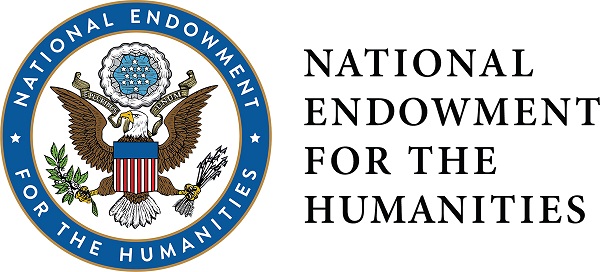
US Government Documents related to Indigenous Nations
Congress
57th Congress, 1st Session
Files
Download Full Text (646 KB)
Description
This United States (US) public law, passed on June 1, 1910, allowed the US Secretary of the Interior to survey and sell or dispose of the “surplus” unallotted land east and north of the Missouri River on the Fort Berthold Reservation. This public law later caused confused as to whether the northeast quadrant of the Fort Berthold Reservation was still part of the reservation. The 1972 case “The City of New Town, North Dakota v. US” clarified that the northeast quadrant remains part of the reservation. The 1992 and 1994 cases “Duncan Energy v. Three Affiliated Tribes” both affirmed this boundary clarification as well.
Publication Date
6-1-1910
Keywords
Fort Berthold Reservation, allotment, northeast quadrant, Missouri River, sell land, public law
Organizations Referenced
Department of the Interior
Publisher
Government Printing Office
Disciplines
American Politics | Indigenous, Indian, and Aboriginal Law | Indigenous Studies | Law and Politics | Native American Studies | United States History
Recommended Citation
An Act to Authorize the Survey and Allotment of Lands Embraced within the Limits of the Fort Berthold Indian Reservation, in the State of North Dakota, and the Sale and Disposition of a Portion of the Surplus Lands after Allotment, and Making Appropriations and Provisions to Carry the Same into Effect. Public Law 197. US Statutes at Large 36, (1910): 455-459. https://commons.und.edu/indigenous-gov-docs/55/.

Included in
American Politics Commons, Indigenous, Indian, and Aboriginal Law Commons, Indigenous Studies Commons, Law and Politics Commons, Native American Studies Commons, United States History Commons

